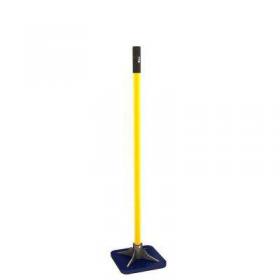I'll try to keep this long story on the shorter side. We're on flood plain and want to have about 100 beetle-infested pines removed from a pen, to include taking up the stumps. The idea is to use this pen for horses and right now so many trees are dead back there, that it's dangerous. The rationale behind removing the stumps was that I didn't want them rotting in the ground and then have one of the horses hurt themselves by stepping in a hole. So the company I was working with can no longer do the project due to a family emergency. My heart goes out to the family.
So now I'm back to holding site visits. One company suggested that he take the entire tree up, then cut the stump off and put the stump upside down in the hole it came from. I haven't heard of this before, but he said he did it for a woman that was clearing a pasture.
The idea makes me a little nervous. The county wont let me bring in fill dirt even though my elevation will be lower after the stumps are removed than what it currently is now. Will you share your thoughts on this? Frankly, I’m probably happier either burning the stumps or paying to have them hauled off.
Thanks in advance!


